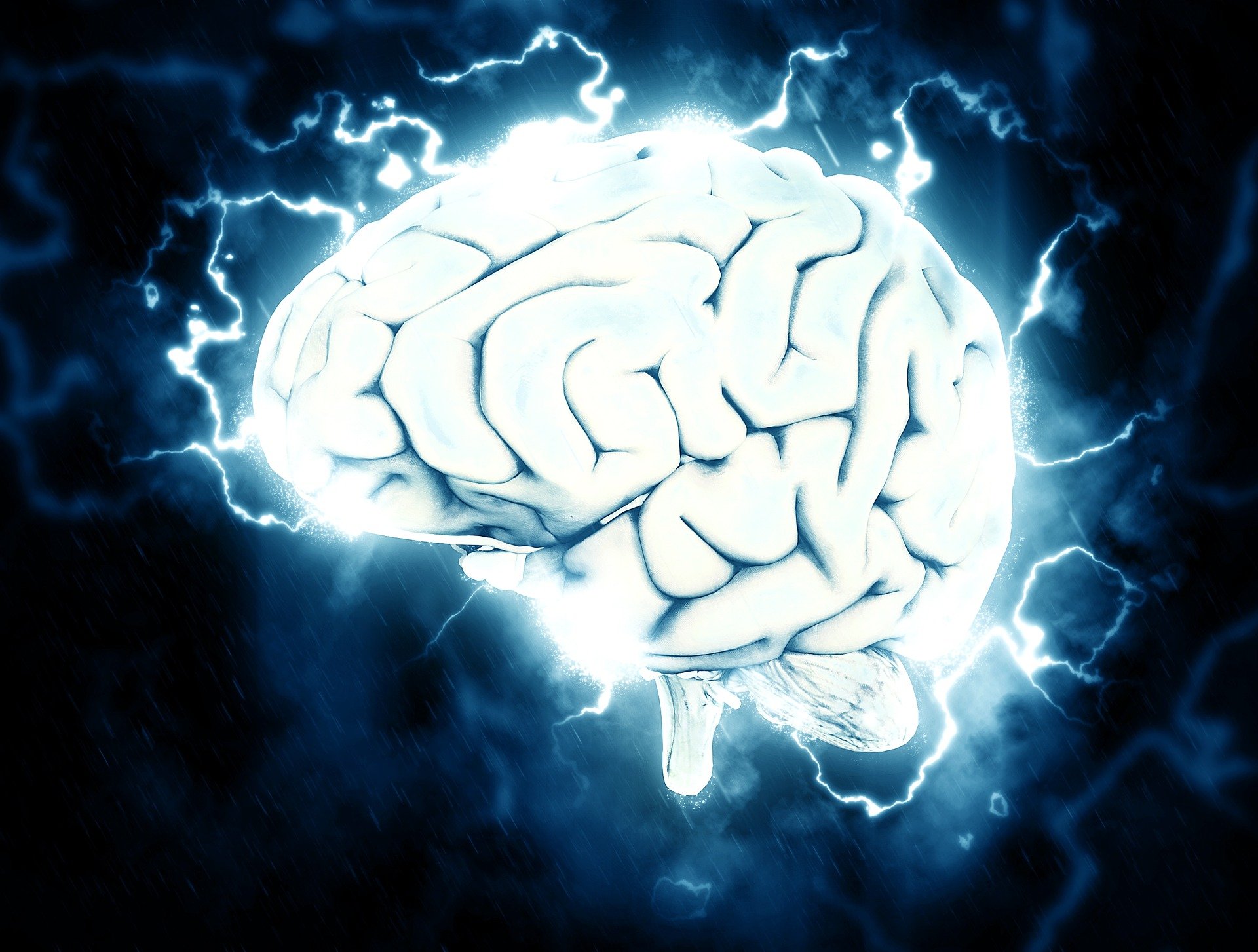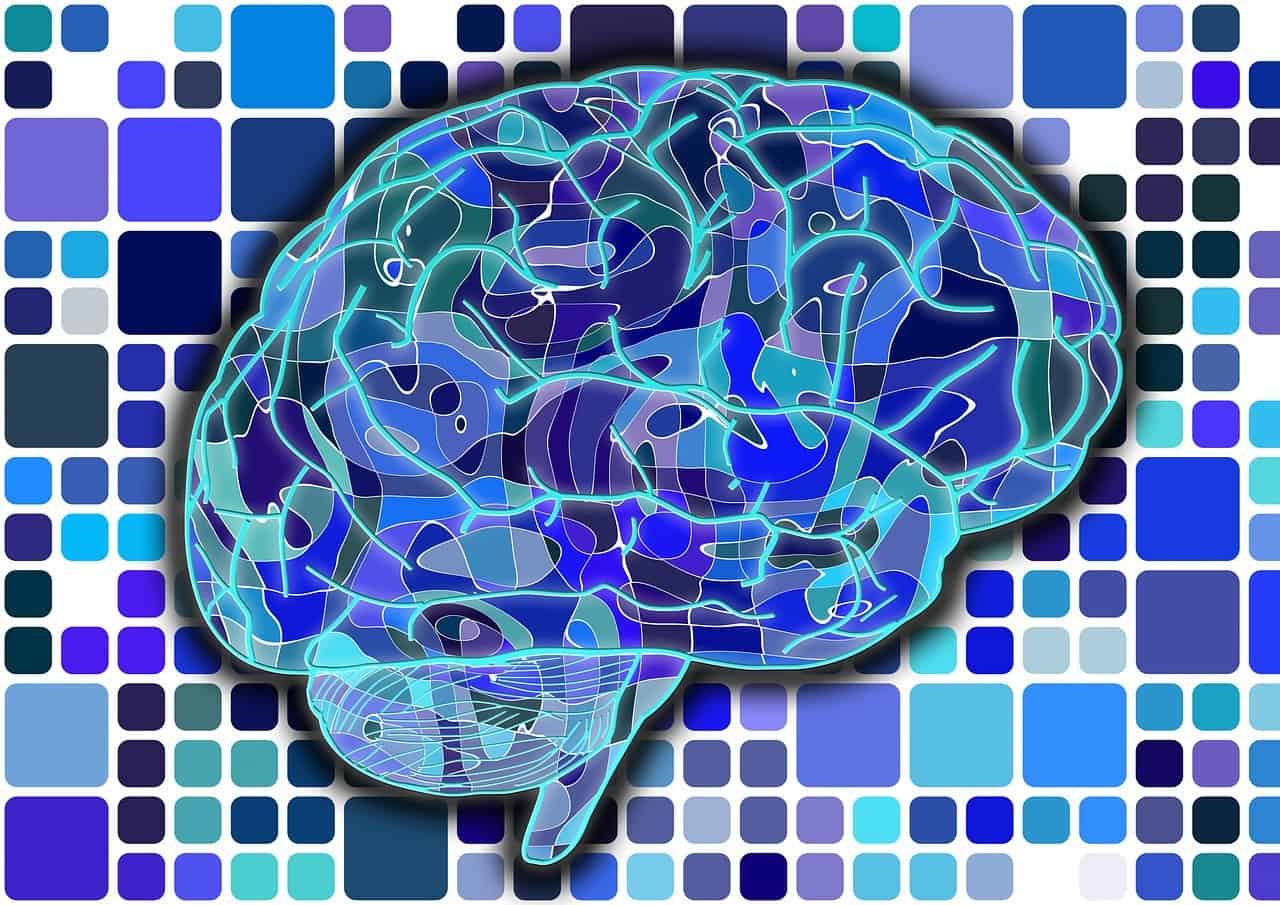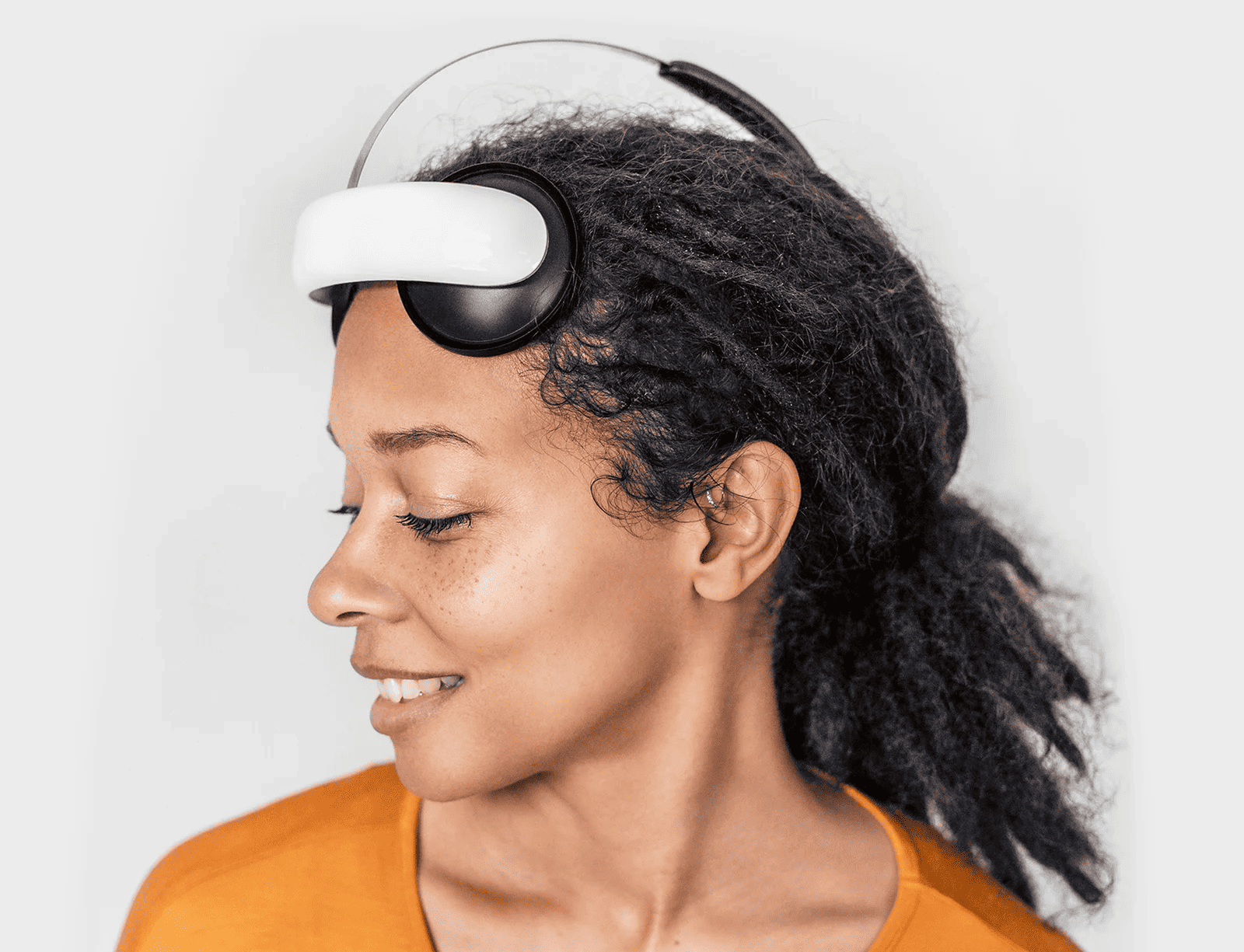
Our brain activity is the result of how different areas of the brain communicate with each other through complex neuronal connections. This widely accepted idea needs to be modified, argue researchers from the Turner Institute for Brain and Mental Health at Monash University and the Radboudumc in an article in Nature. The overall shape of a person’s brain has a much greater influence on how we think, feel and behave than previously assumed, says Radboudumc in a (Dutch) press release.
- So far, the predominant idea is that brain activity is based on the complex connections between various locations in the brain.
- There is also a clear relationship between brain shape and brain activity.
Look at brain activity in a different way
The research, published in Nature, combined approaches from physics, neuroscience and psychology, which made it possible to look at brain activity in a completely different way. Marianne Oldehinkel, involved in the research from the Radboudumc: “In this study, we used eigenmodes when studying more than 10,000 MRI recordings of human brain activity. Eigenmodes are natural vibration patterns in a system, where different parts of the system all vibrate or are active at the same frequency. By combining different eigenmodes, patterns of activity in the brain can be modeled and examined. This may sound a bit strange. Eigenmodes are mostly used in physics and engineering and hardly applied in brain research yet. But on the basis of these eigenmodes, therefore, we conducted our research.”
So far, the predominant idea has been that brain activity is primarily based on the complex connections between various locations in the brain. This research suggests that there is a clear relationship between brain shape and brain activity. In a sense, it looks at the brain as a sound box, in which typical eigenmodes emerge with brain activity.

Brain shape affects function
The team, led by Alex Fornito of Monash University Australia, compared how well eigenmodes – obtained from models of brain shape – could explain different patterns of activity. They compared these with eigenmodes obtained from models of brain connectivity. Fornito: “We found that eigenmodes defined by the geometry of the brain – its contours and curvature – were the strongest anatomical constraint on brain function, just as the shape of a drum affects the sounds it can make. It then turned out that the close link between geometry and function is driven by a kind of waves of activity that travel through the brain, just as the shape of a pond affects the wave movements formed by a falling pebble.”
First author James Pang, of the Turner Institute and the School of Psychological Sciences at Monash University, said, “We have long assumed that specific thoughts or sensations generate activity in specific parts of the brain, but our research shows that structured patterns of activity are generated in almost the entire brain, much like the way a musical note is created from vibrations that originate along the entire length of a violin string, and not just in an isolated segment.” Just as the resonant frequencies of a violin string are determined by its length, density and tension, the brain’s eigenmodes are determined by its physical, geometric and anatomical properties. But which specific properties are most important is still a mystery.
Broader view of brain function?
Commenting on the importance of the research findings, Oldehinkel said, “This result goes against conventional wisdom, which assumes that brain activity occurs in focal, isolated areas of increased activity, and shows that traditional analyses of brain activity may give only a limited view of how our brains work. Through this research, we can begin to analyze, for example, the effect of diseases such as dementia and stroke by looking at shape models of the brain. These are much easier to handle than models of the brain’s full range of connections.”







